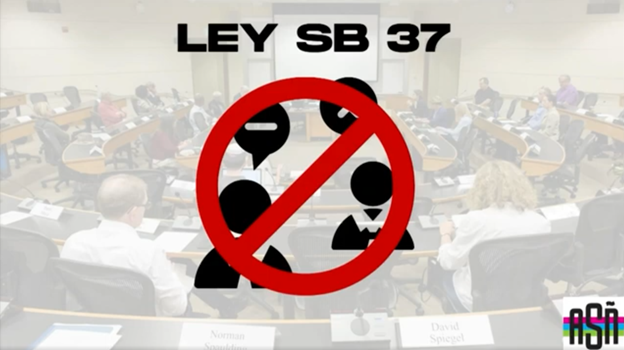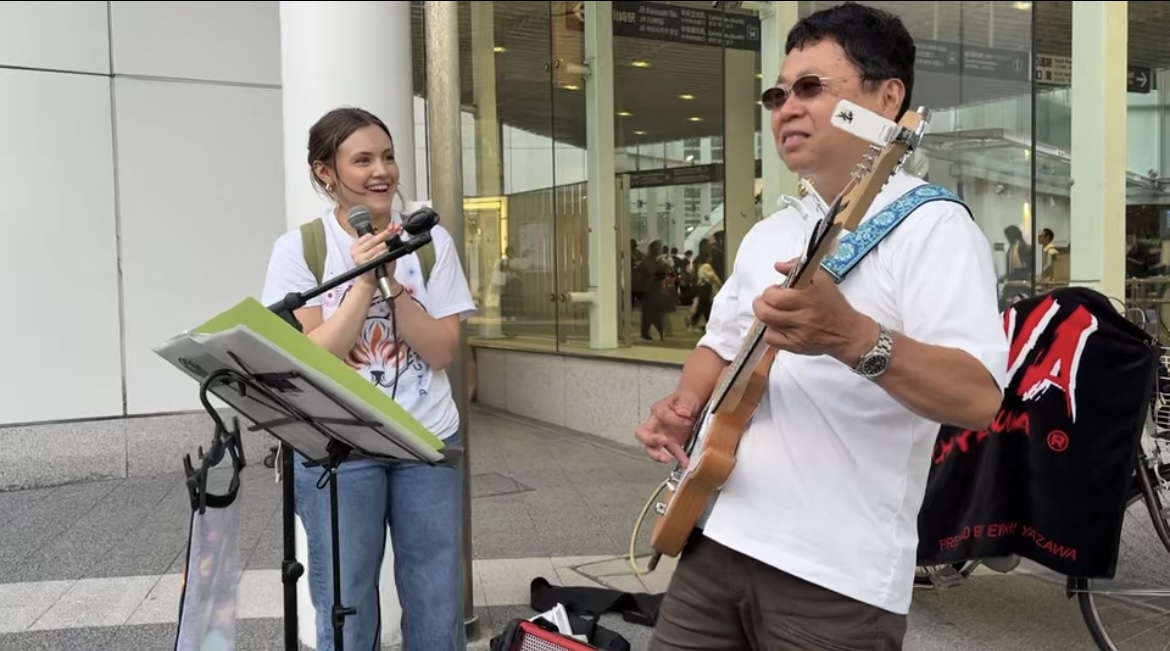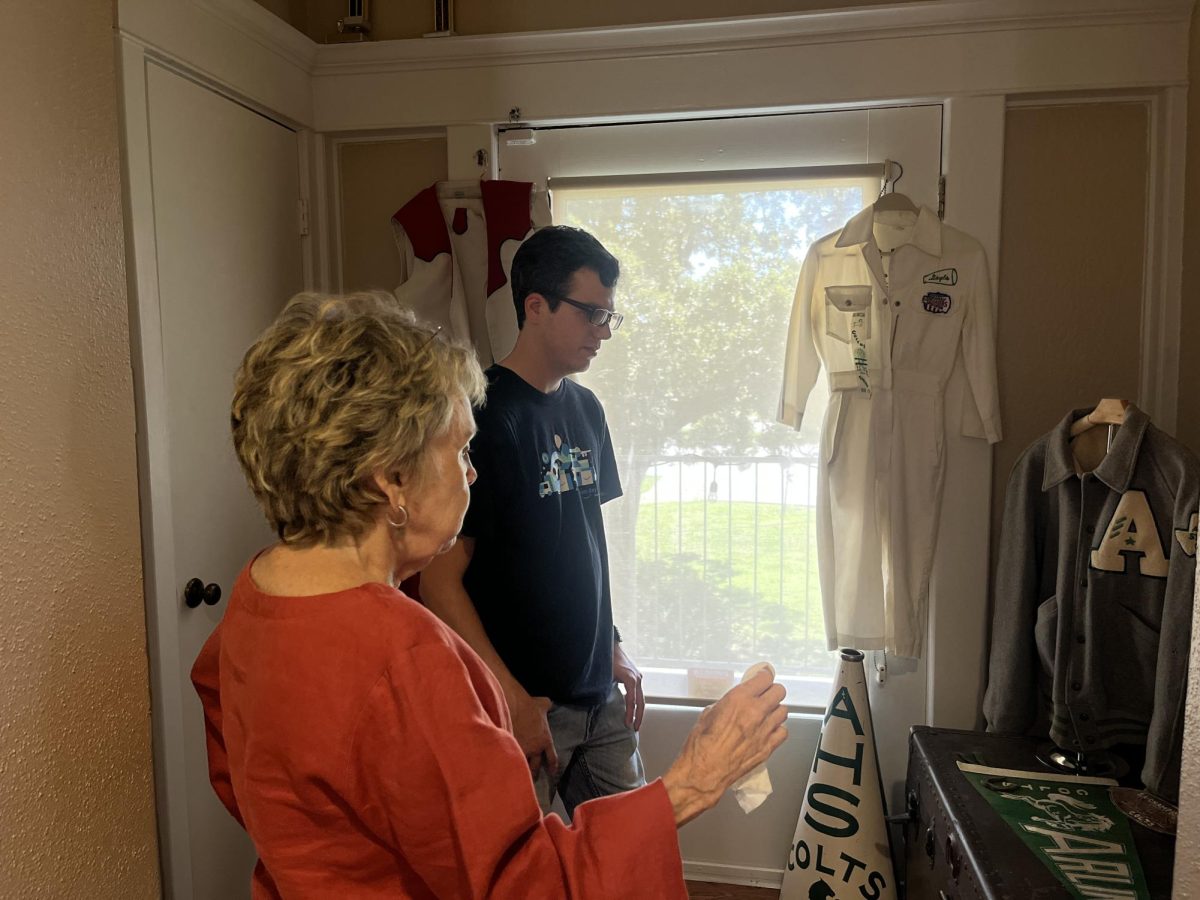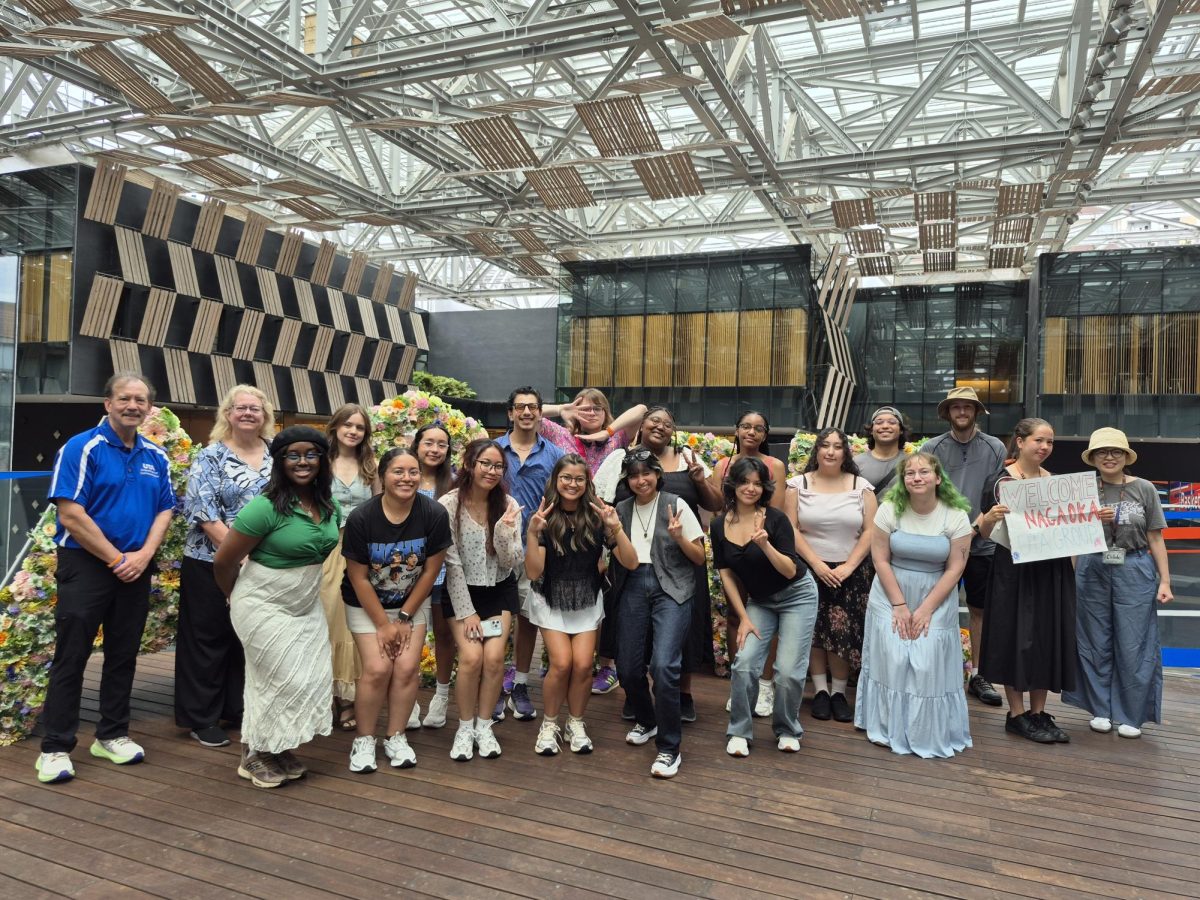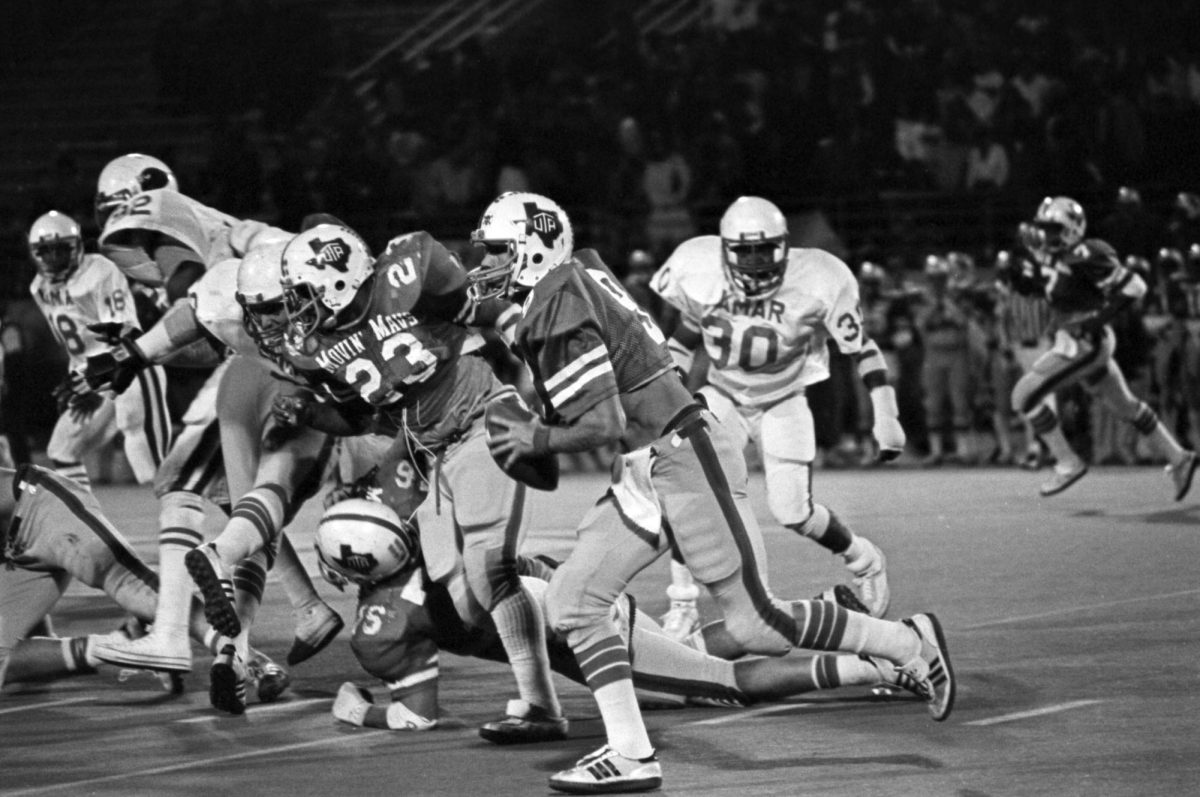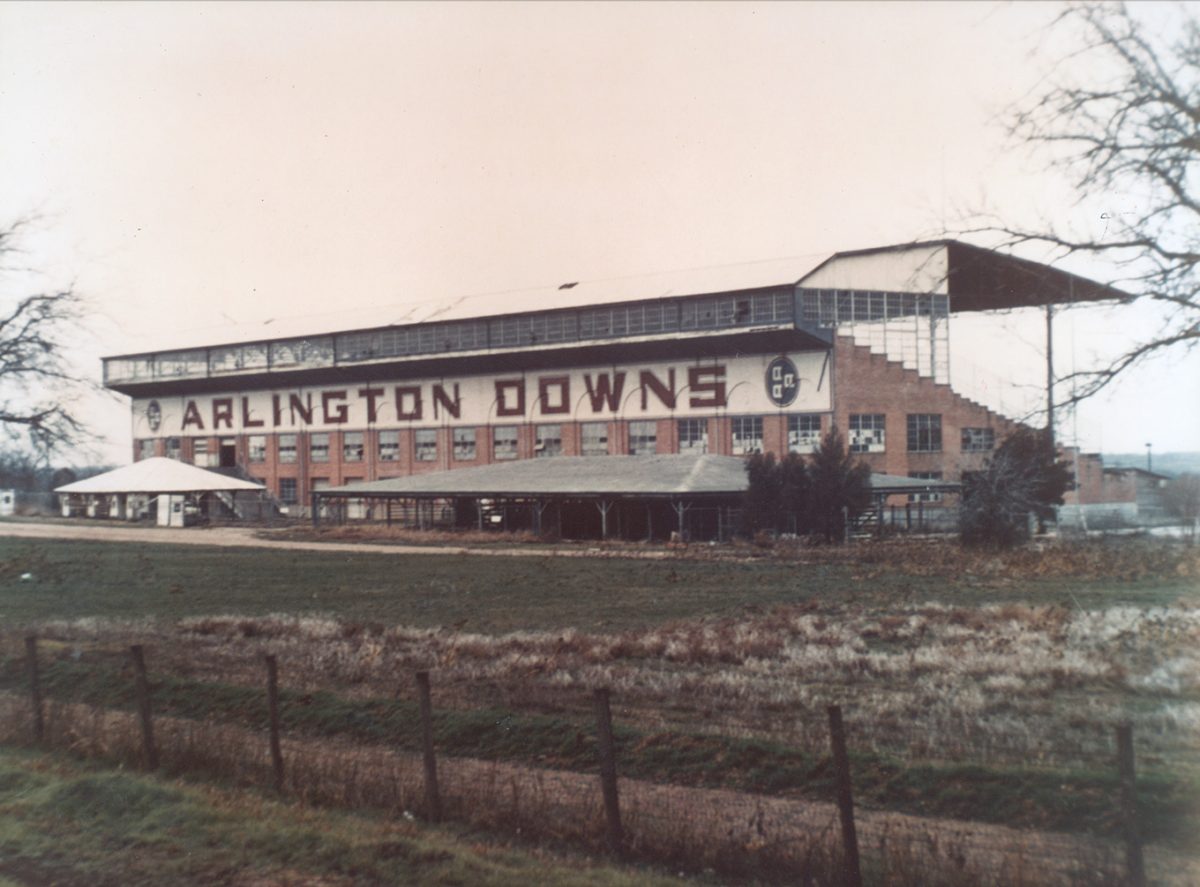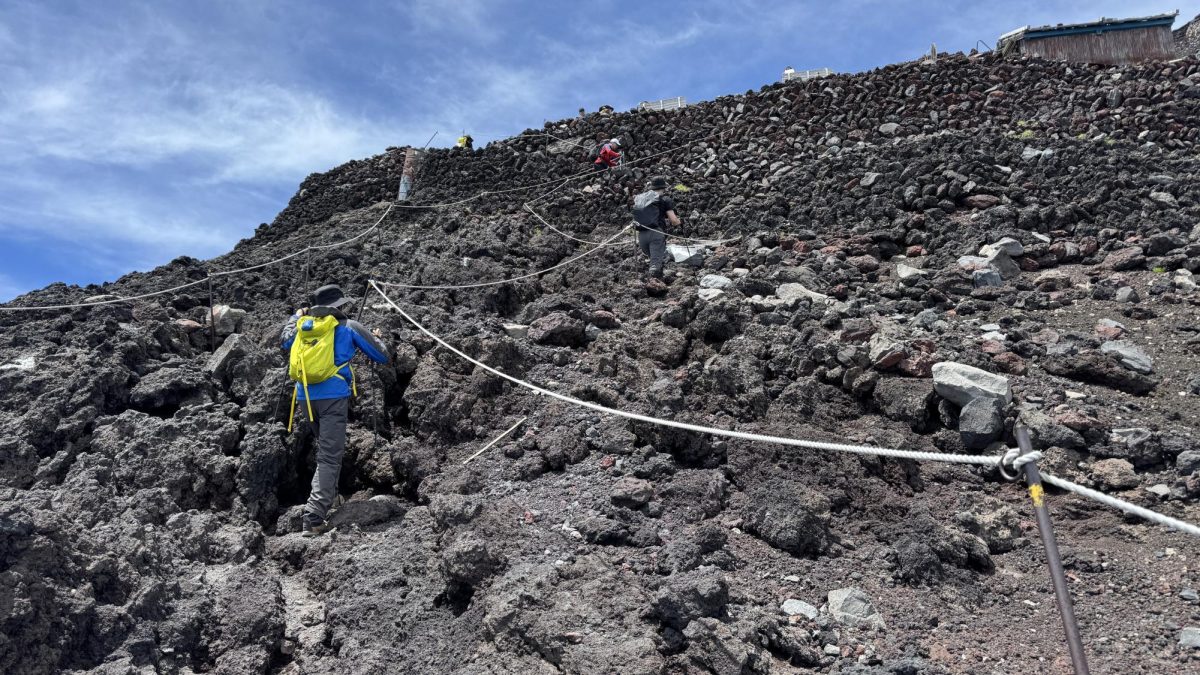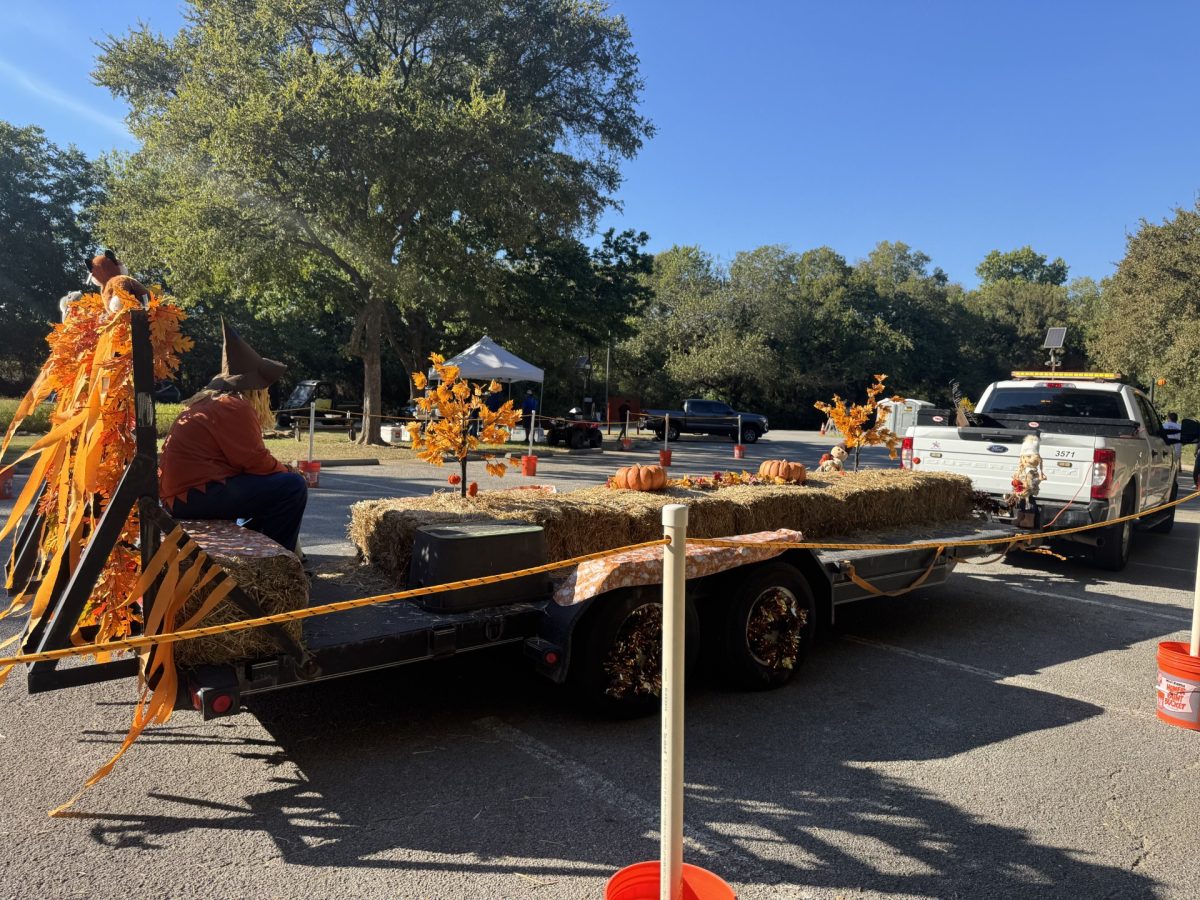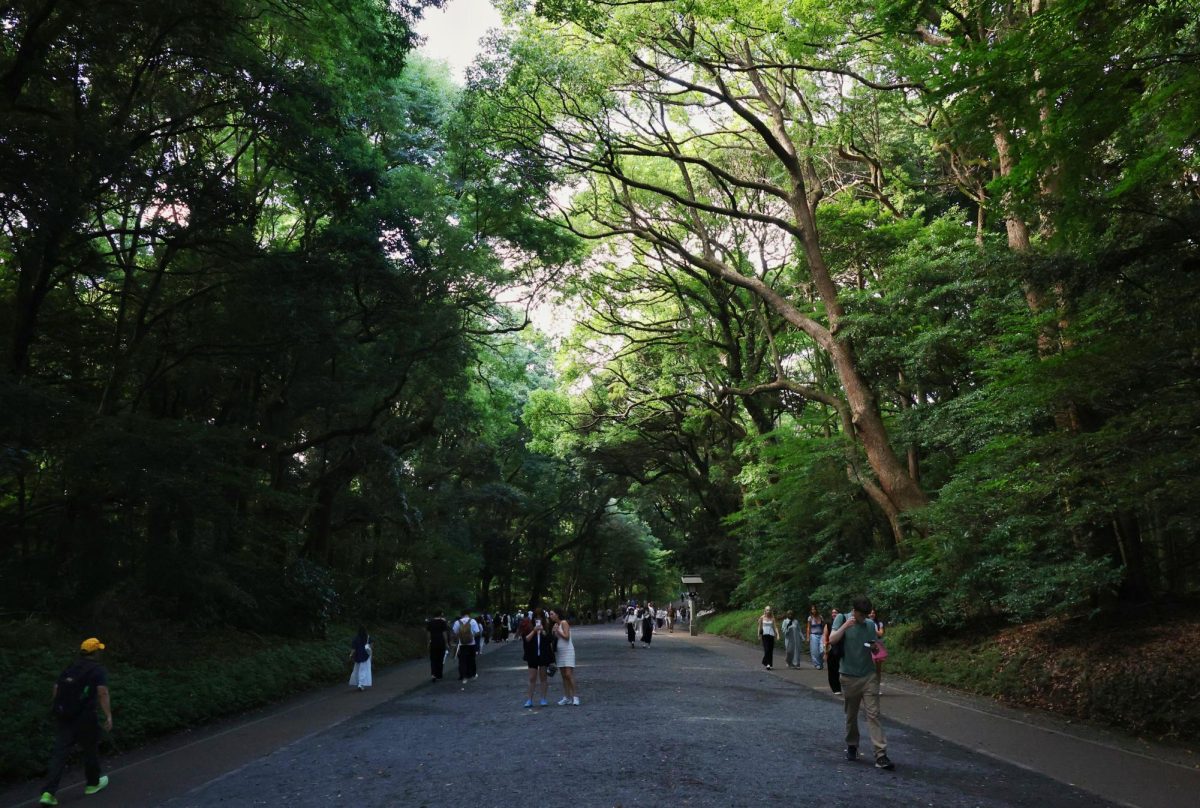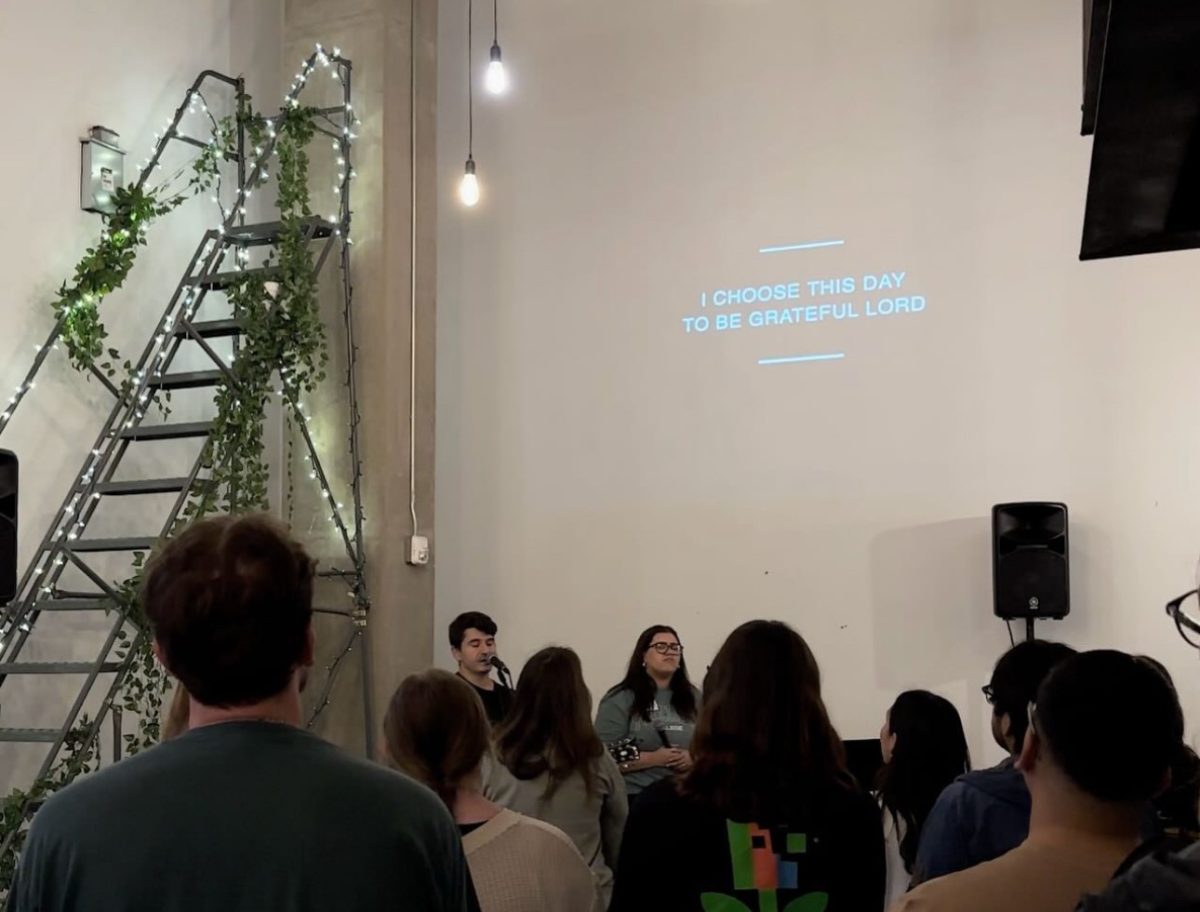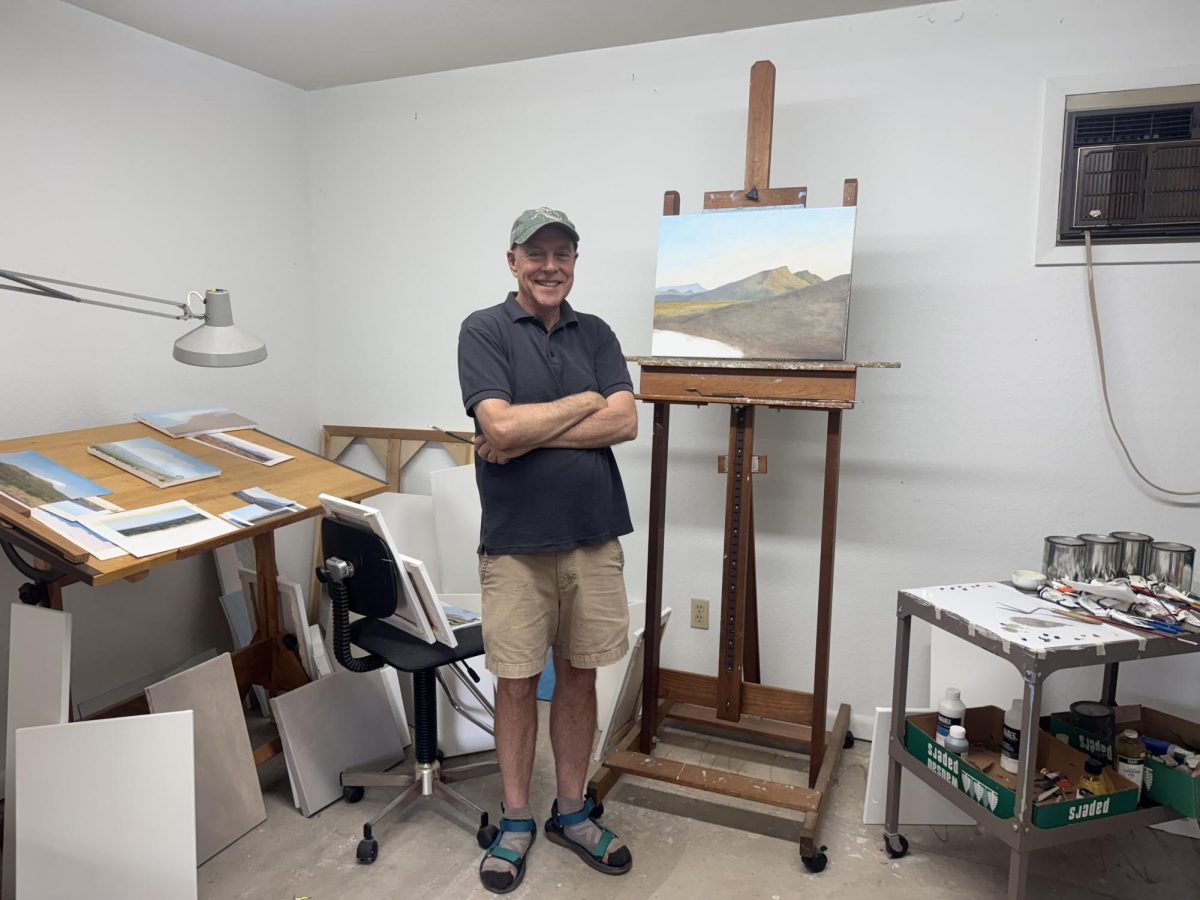ARLINGTON, Texas—Arlington is a melting pot of cultures where varied abilities are on display around every corner. Some residents from other countries would like to experience the city the same as everyone else, but obstacles stand in their way.
Those without a proper Texas driver’s license are left to find other means of transportation. While the city has implemented different ridesharing services like Via and Zipcar, those services come at a price.
The alternative to combat these prices are bicycles. The federal Bureau of Transportation Statistics said in a report that from March 2020 to March 2023, money spent on bikes and accessories in the U.S. has gone up 620%. This phenomenal growth suggests the push to use this mode of transportation is one that reaches beyond the Metroplex.
Walkable Arlington is a student-led grassroots organization with a mission to make the city more accessible for walking, according to its website. It defines walkability as “how safe and accessible an area is for non-vehicular pedestrians.” The group defines non-vehicular pedestrians to include not only those who are walking but those who are running, biking, skating and using public transit.
At a Sept. 5 city council meeting, discussions of implementing a new scooter system were filling the room, as many University of Texas at Arlington students have pushed for it. Walkable Arlington president Anna Laura Harmjanz voiced her concerns, saying she was on the fence about the decision.
She said she felt this was a step in the right direction but noted that walkers sharing sidewalks with motor devices and bicycles raises safety concerns. And with only two dedicated areas for transportation—the road and sidewalk—they’re bound to get backed up.
Arlington resident Morgan Chivers said he was also on the fence about the idea of the shared sidewalks with micromobility devices. With scooters going 15 mph and bikes going up to 25 mph, there’s bound to be an accident.
“Have you ever been unprotected, with just your body, going 20 miles slower than the things coming at you?” Chivers said.

The Insurance Institute for Highway Safety and the Highway Loss Data Institute reported that the number of cyclist deaths with motor vehicles have increased 55% since their lowest point in 2010.
This leaves one solution—more bike lanes.
The last time Arlington updated its on-street bike data was in 2018. With a little more than 1,000 entries, there is a greater number of personal bike lanes “planned” than there are “existing.” Councilmember Raul Gonzalez pushed for ridesharing ordinances, but also underlined the importance of taking all safety measures needed.
With the city’s population only growing, the need for these adaptive lanes gets larger as well.



